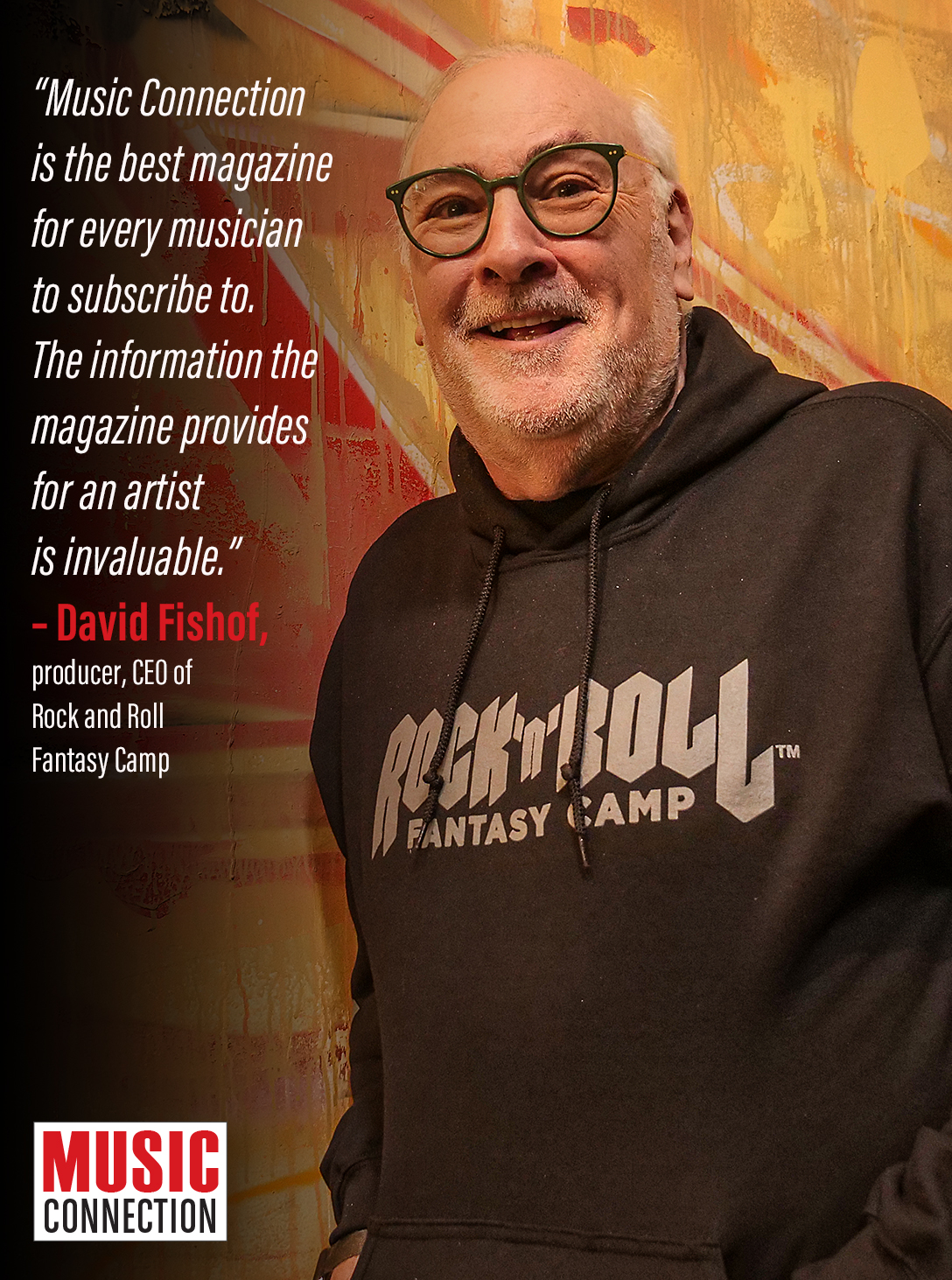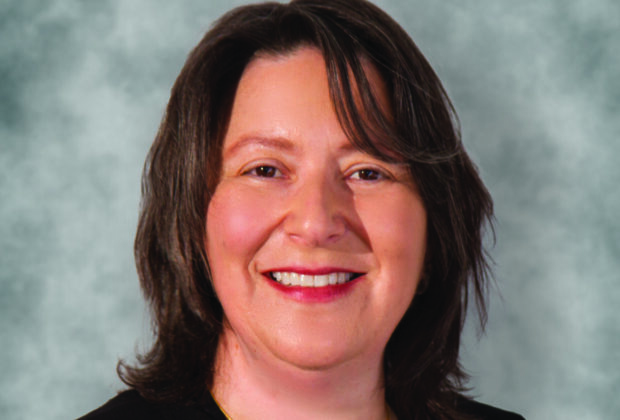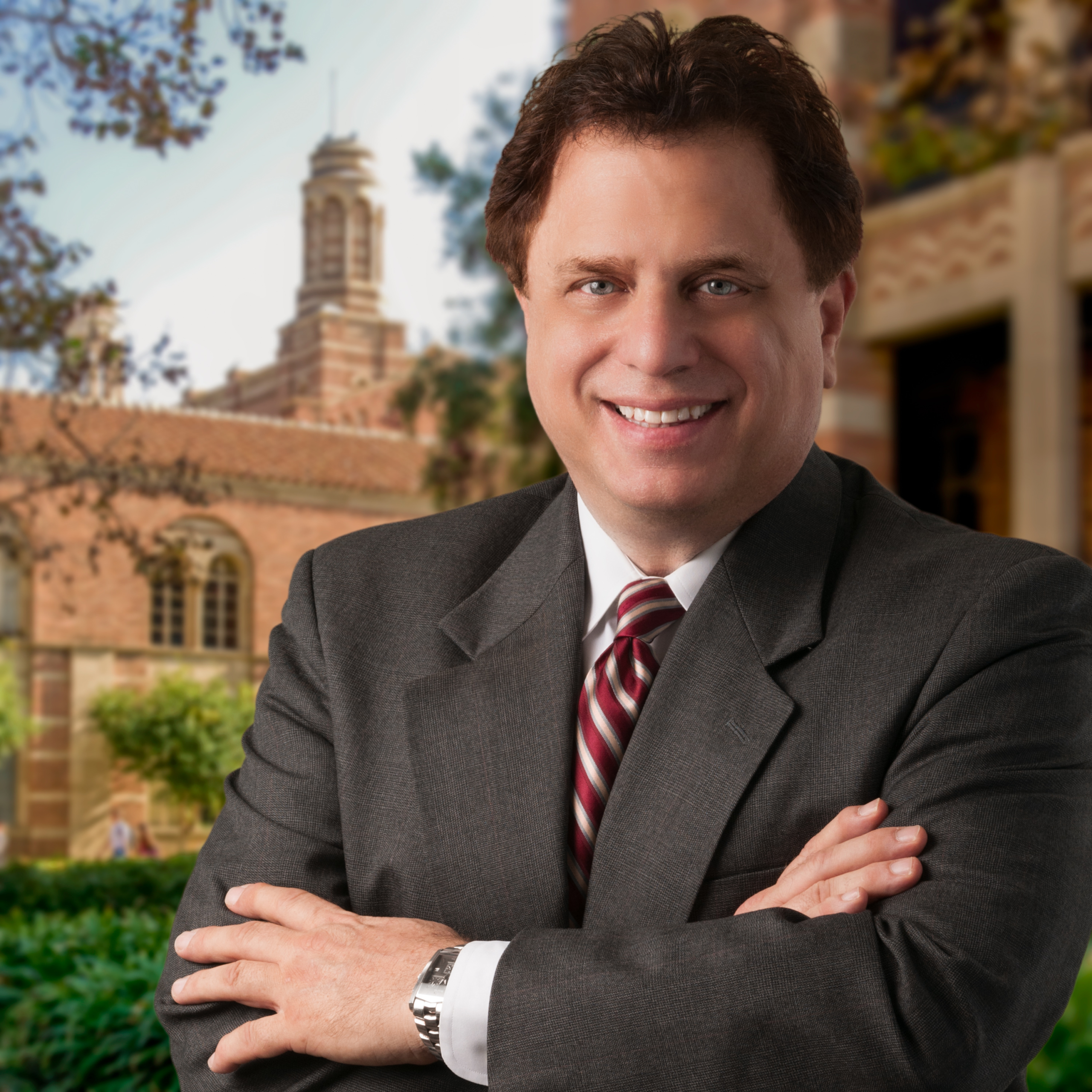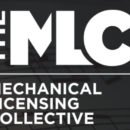Celebrating 25 Years of Paying Musicians & Vocalists
Session musicians and background vocalists have largely been the (ahem) unsung heroes of recorded music since the dawn of the industry. A scant few make their mark and score some measure of recognition and celebrity. Merry Clayton, for example, and her sublime gospel-gilded vocal on the Rolling Stones’ “Gimme Shelter” will always burn bright and her name is familiar to many. The majority, however, remain in the shadows and are scarcely known. But if fame is the candy coating of a Tootsie Pop, then an uncollected royalty is the undercover ubersweet Tootsie Roll center, one that many gourmandizers may not even realize sleeps inside.
The Digital Millennium Copyright Act was passed in 1998: 25 years ago. The AFM & SAG-AFTRA Intellectual Property Rights Distribution Fund (AKA the Fund) was then created as a result by performers unions AFM and SAG-AFTRA. It was conceived and executed as a non-profit independent entity to collect and distribute performance royalties to both union and non-union backing musicians and vocalists and their beneficiaries. In short, the Fund enables such artists to discover if they’re owed royalties for past work and if so, to collect on them. If their contribution(s) to a record were never credited or acknowledged, they can also file a claim, which the Fund will then investigate.
Generally speaking, virtually any artist in a non-featured role on a recording that’s covered by the Fund—irrespective of genre, union membership or skill level (professional or amateur)—can collect on a heretofore unclaimed royalty. Reciprocal agreements with many foreign countries such as Japan, Spain and Germany empower the operation with even greater reach.
But how likely are artists to find that they’re owed money from work that may have been done as long ago as 50 years? It’s free to register, there are no membership fees and it takes less than a minute to get an answer. The minimal investment of time required to find out, then, seems worthwhile. Twenty-five years ago when the Fund was established, that process probably would have taken days or even weeks. Now, of course, it takes about as much time for an artist to learn if they are owed uncollected royalties as it takes to read this paragraph.
How do artists determine if they’re owed royalties? They check the AFM & SAG-AFTRA Fund site under the “Covered Recordings” and “Unclaimed Royalties” tabs. Cash for music that an artist worked on years ago and may have even forgotten about can feel like free money. Perhaps Dire Straits foresaw non-featured performer royalties when it sang “Money for Nothing” back in ‘85. Except that this is money for something. Something vital, in fact.
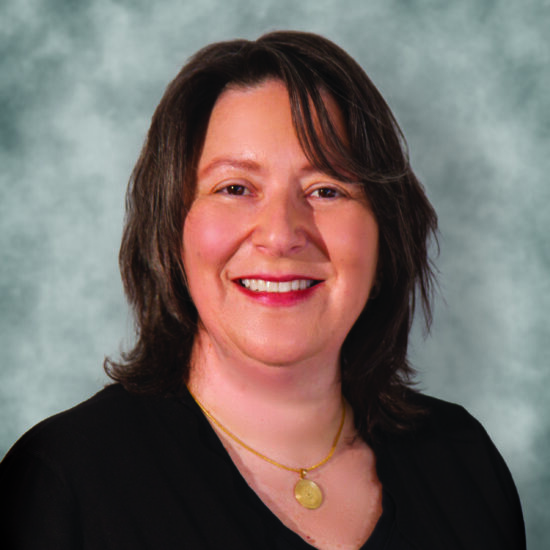
Many royalty claims are initiated by artists querying the organization’s site. But the Fund isn’t simply reactive. It also works to find those that are owed money. A list of all the songs and the associated artists to which the Fund distributes royalties is maintained on the site. Musicians and vocalists can check tracks on which they performed to discover if they’re included in the distribution. If they’re not listed and believe that they should be, a claim can be filed directly from the song’s listing.
The Fund researches sources such as union contracts, liner notes and websites for credits to identify eligible performers. Beyond that, non-featured performers that weren’t recognized as contributors to a recording can submit various forms of proof that they’re entitled to credit and, consequently, royalties. Information such as session dates, contracts, studio location and pay stubs are all helpful. Support from studio folk such as producers and engineers who were involved in making the record may also carry substantial weight. Just as in the judicial system, the more evidence introduced to prove a case, the more likely claimants are to be successful.
“Any sort of documentation is always helpful,” Fund CEO Stefanie Taub said in a 2019 Music Connection Exec Profile. “Obviously, we use union contracts to determine who’s on a recording. Or liner notes, which are sometimes good, sometimes bad, sometimes somewhere in between. Artists should think about keeping a record of all the sessions they do. In the past, that wasn’t as important—you got paid, cashed your check and you were on to your next session. Now, it’s so important, not only for this fund but for who knows what’s going to come in the future.”
This is where the numbers come in. Average performer payments—of which there have been tens of thousands—run around $1500. That’s not bad. But they can climb into the five-figure stratosphere. When the Fund started in 1998, it brought in only about $100,000 a year in unclaimed royalties. Such meager beginnings are typical of startups. But that number has since skyrocketed to around $50 million annually. Indeed, in early 2023, the Fund reported a record $91 million in payouts for 2022, which was a 28% increase from the $71 million reported for the previous year. Clearly, royalties are on an upward trajectory and there’s every reason to believe that the trend will continue. To date, the Fund has mined more than $650 million for non-featured performers, featured symphonic musicians and the beneficiaries of both, many of whom may not even realize that money awaits them.
Any worthwhile Performance Right’s Organization strives to secure royalty payments for artists. But to do this they need accurate performer information—i.e. metadata—to find and cash-out those who are eligible. For example, many artists work under several names or may use alternate spellings or aliases, which can make it difficult for PRO’s such as AFM & SAG-AFTRA Fund to locate them. Fortunately, the Fund has a team of seasoned researchers that helps with these and other crucial tasks. It’s a common misconception that labels have all of the information needed for royalty payments. Often, they don’t, mainly because ample consideration wasn’t given to non-featured performers when some recordings were made. Not surprisingly, missing metadata has been the cause of royalties failing to be paid in the past.
Even if you’re not receiving royalties from this Fund, chances are if you’re reading this article, you know someone who is being paid or could be owed. Spread the word.
Contact: afmsagaftrafund.org
